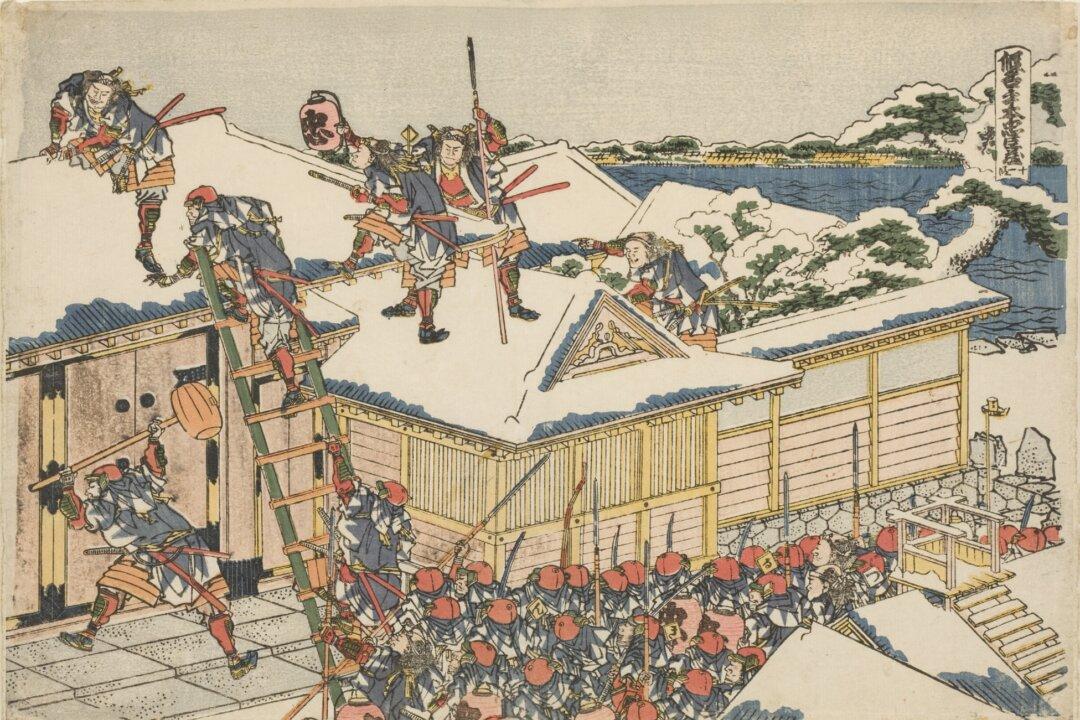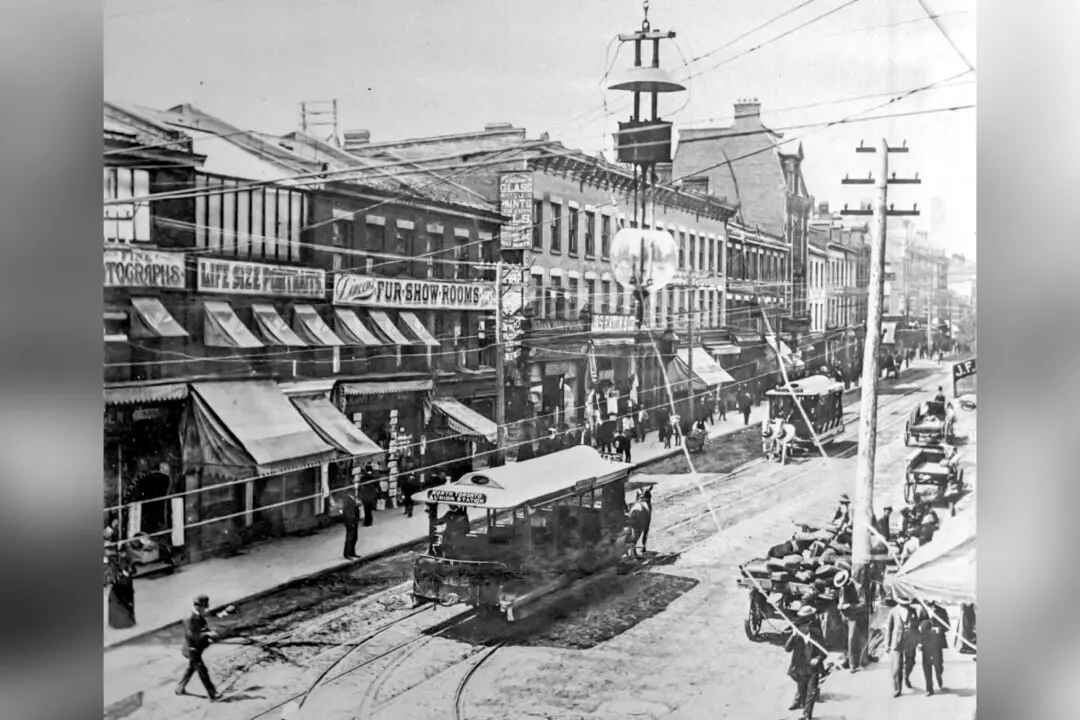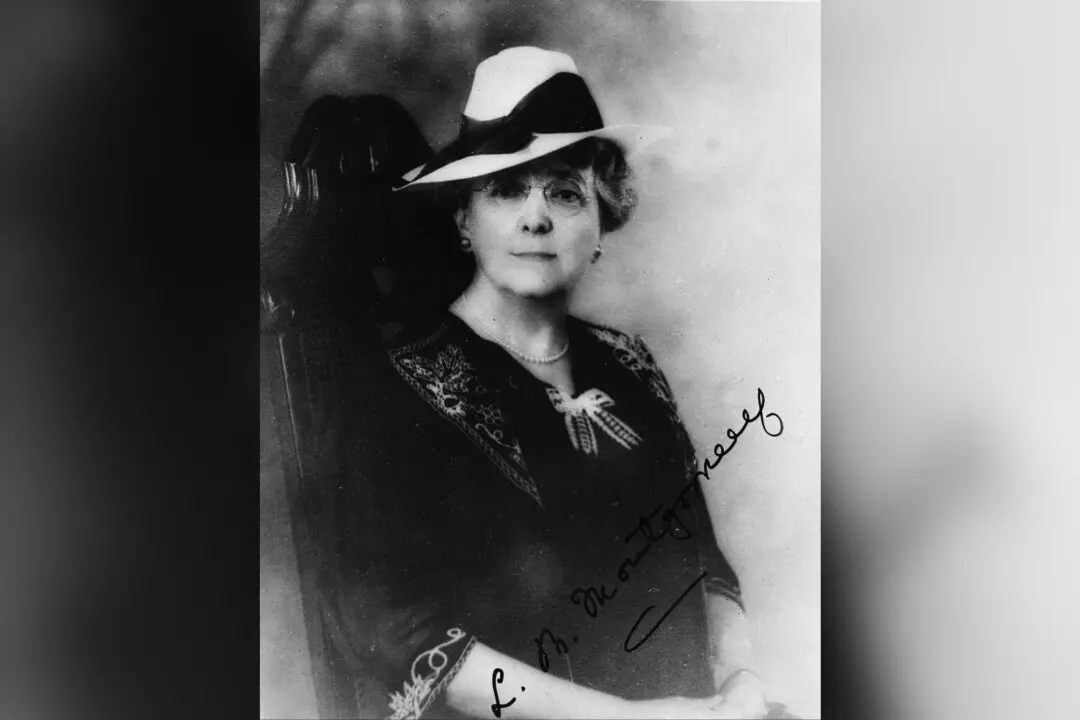Commentary
The era of the Tokugawa Shogunate in Japan spanned 250 years from the early 1600s. It was a time of enforced isolation from the rest of the world with few visitors permitted and no Japanese allowed to leave. It was also a time of rigid social distinctions and iron-clad custom. Sometimes strong moral impulses clashed and produced epic stories such as that of the 47 ronin, which intrigues even today.





